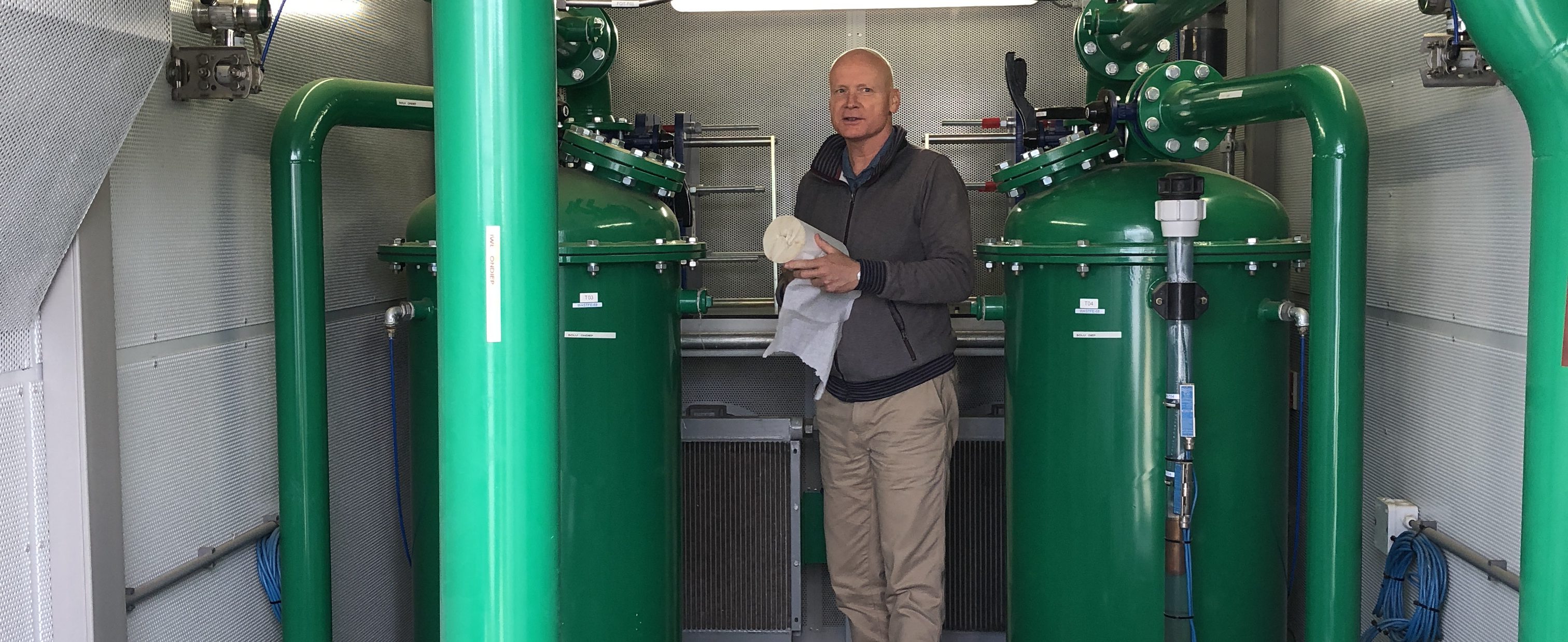The past year HMVT successfully carried out an in-situ thermal light project in the Netherlands, removing over 6.000 kg of chlorinated solvents from a thick unsaturated zone. At this project we heated the unsaturated zone by the injection of hot air (>400 oC) towards an average temperature of 70 oC. To create a closed loop and to remove the chlorinated solvents we also extracted soil vapor via a series of extraction wells. The system was monitored by a series of temperature sensors and ran 24/7, controlled by a PLC/Telemetric system. On a regular basis soil and soil vapor concentration levels were checked.
We call this a ‘thermal light’ project since it is a relatively easy and cost-effective way to enhance a classical soil vapor extraction system. Together with our Joint-Venture TRS Europe we can also offer more robust in-situ or on-site heating technologies like electrical resistance heating, steam enhanced extraction or conductive heating.
We are now going to test if heating of soils ‘polluted’ with Japanese Knotweed can be treated with this hot air injection technology. The Japanese Knotweed is an invasive plant that is very hard to destroy, that grows very aggressive and is also capable to destroy all kind of infrastructures. It is a plant that needs to be controlled seriously. At this moment in time there is not yet a (cost) effective method to control it yet.
From experts we have learned the plant will not survive heating at ca. 60 oC for multiple days. HMVT already tested successfully if it’s hot-air injection system would be able to only heat from the surface till ca. 1,5 m bgl. This works, the next full scale testing project will be a hot-air treatment of a pile of soil, containing ca. 1.000 m³ of soil polluted with Japanese Knotweed. This test will be carried out in cooperation of the University of Wageningen and – if successful – will most probably followed by other pile or in-situ treatments.

